
The Basics of Composition to Help You Create Powerful Graphic Designs
Conceptual graphic design also involves visual design. The designer tries to foresee the voice and style of a product or brand to bring it to life. It is all about creating a brand identity of the design and sending a visual message to a target audience. The visual part of the concept is about determining a specific image of how a design will.
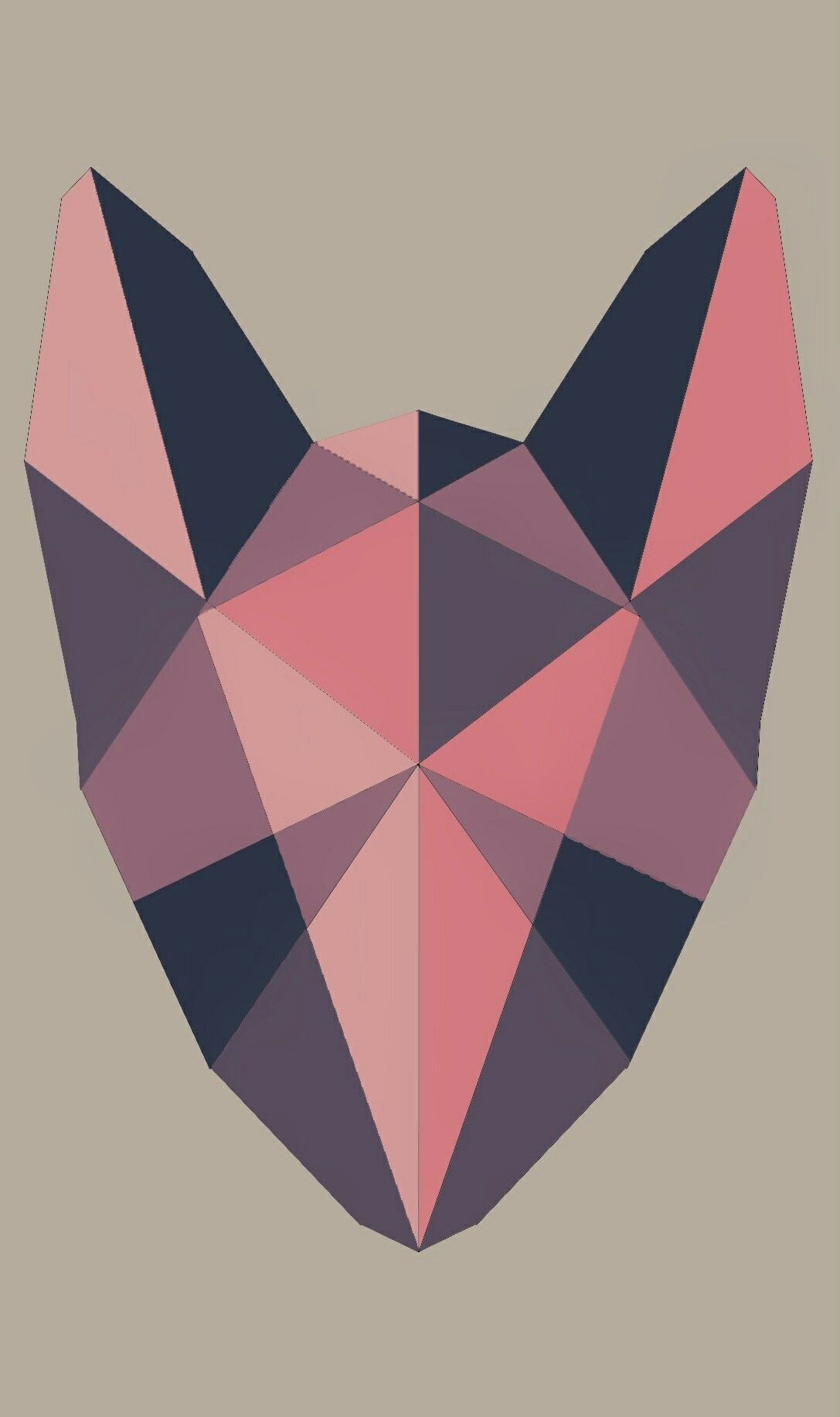
Some graphic design concepts. (With images) Graphic design, Artwork
OCA offer UK distance learning graphic design courses - this means that you can study a UK higher education course programme from anywhere in the world. Our online courses for graphic design are totally flexible, meaning that you can study at a pace that suits you. So, if you want a programme that fits around your life, one of our UK graphic.
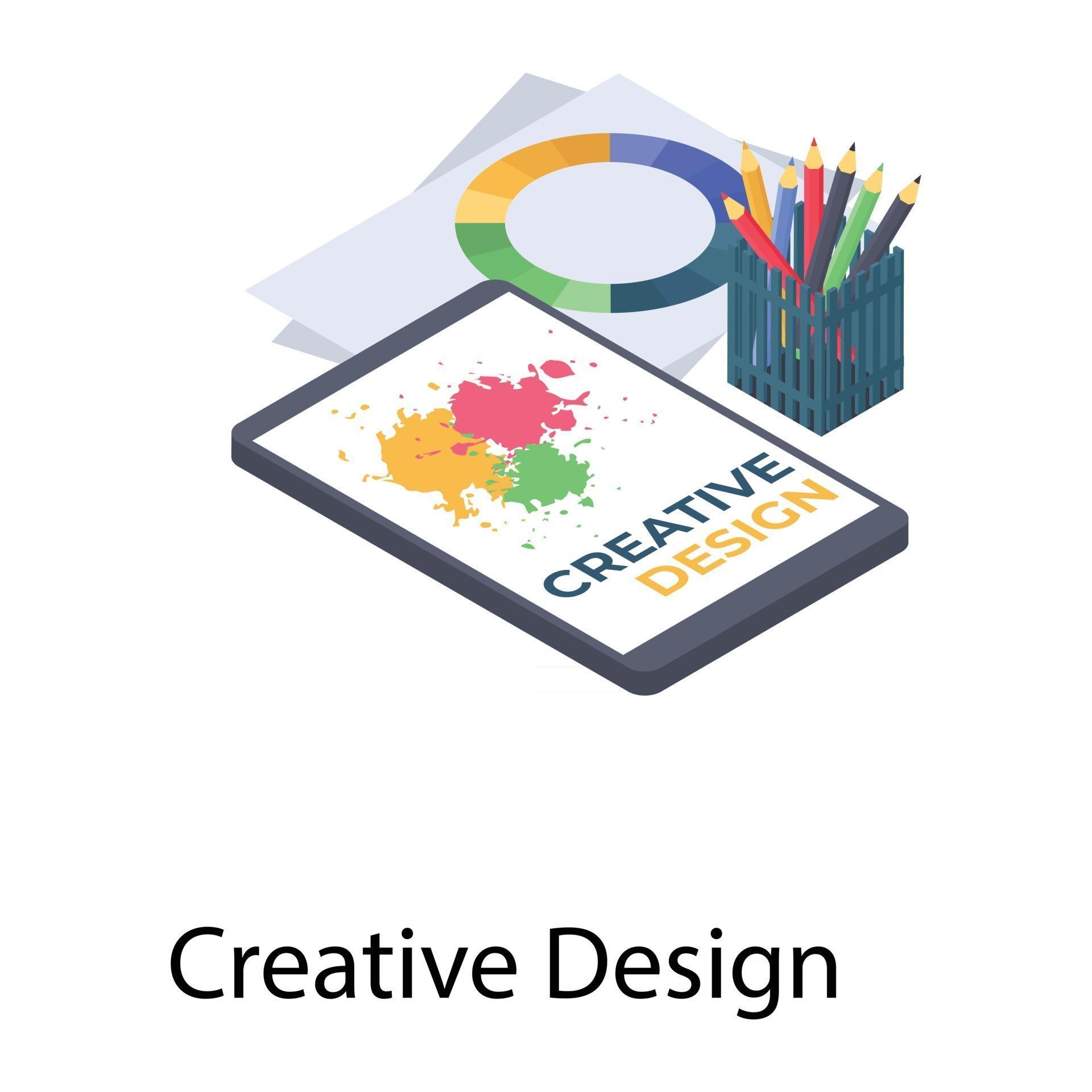
Graphic Design Concepts 2904769 Vector Art at Vecteezy
Graphic Design and Marketing. Graphic design plays a vital role in the world of marketing. It helps brands in communicating through ads that effectively delivers their message to target audiences. Learn how graphic design creates different marketing assets that shape the visual identity of businesses. graphic design.
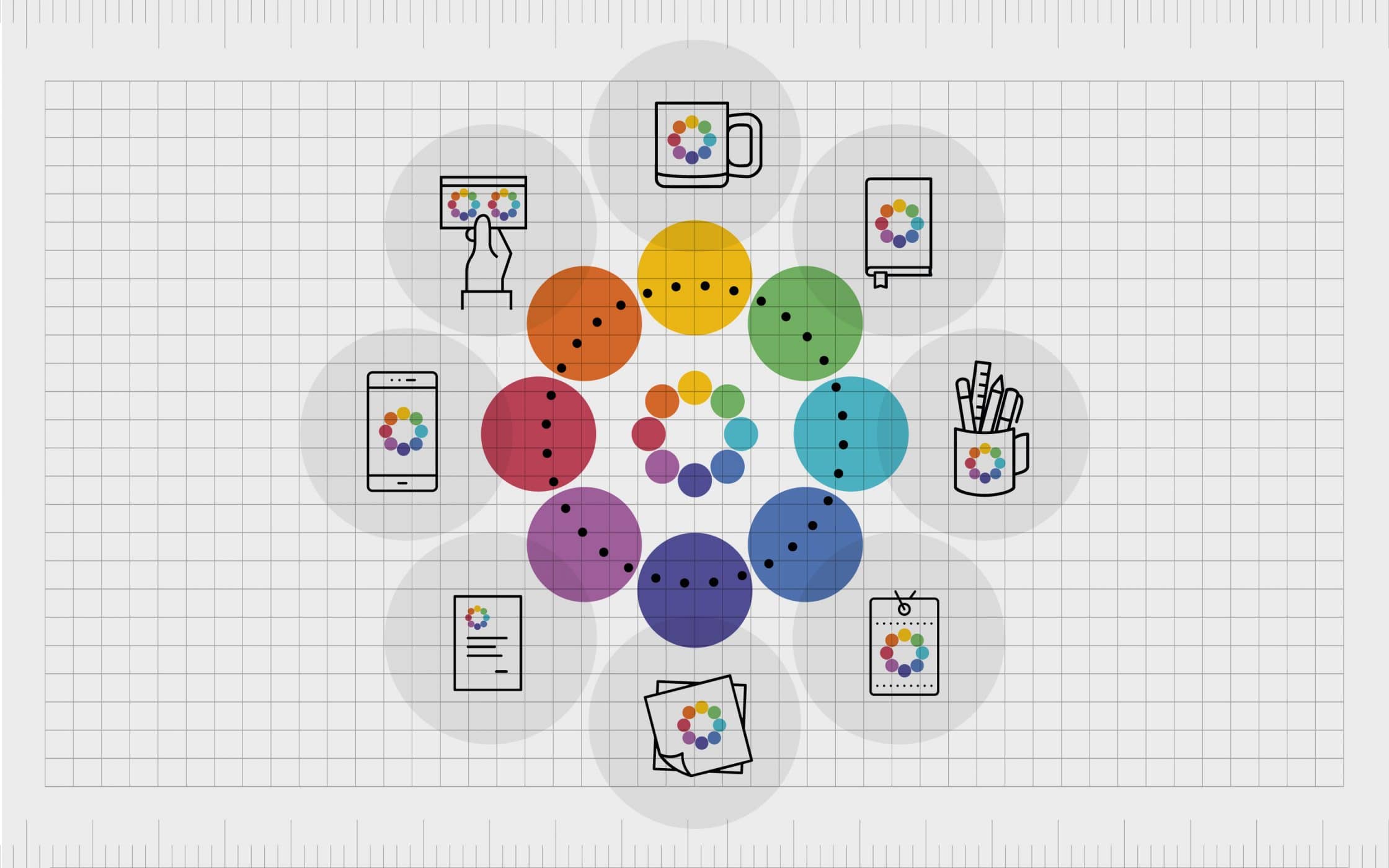
Essential Elements Let’s Get Back To The Graphic Design Basics
Graphic design is an interdisciplinary profession that involves strategically using aesthetic principles to give order and meaning to visual content. It can describe both a concept and a physical thing: specifically, it is an academic subject, a practice, an industry, a product and a purchasable service. By foggyboxes.
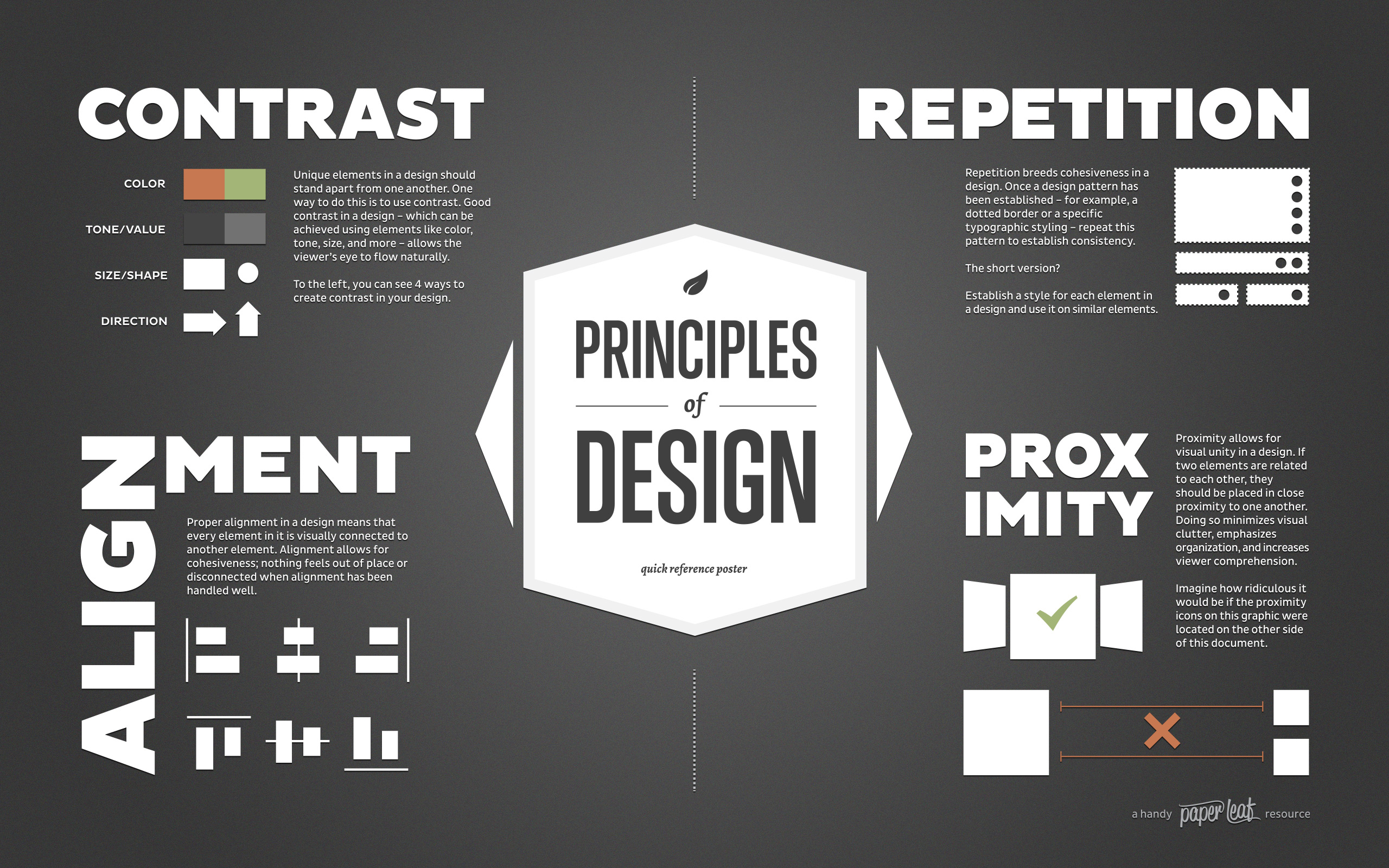
What Makes Good Design? Basic Elements and Principles Visual
graphic design, the art and profession of selecting and arranging visual elements—such as typography, images, symbols, and colours—to convey a message to an audience. Sometimes graphic design is called "visual communications," a term that emphasizes its function of giving form—e.g., the design of a book, advertisement, logo, or Web.

Graphic Design Basics Using Grids to Create Structure.
What Are The Key Concepts Of Graphic Design? Graphic design is an exciting and dynamic field that has exploded in popularity over the past decade. With a wide range of creative possibilities, graphic design offers endless opportunities for self-expression and professional development.
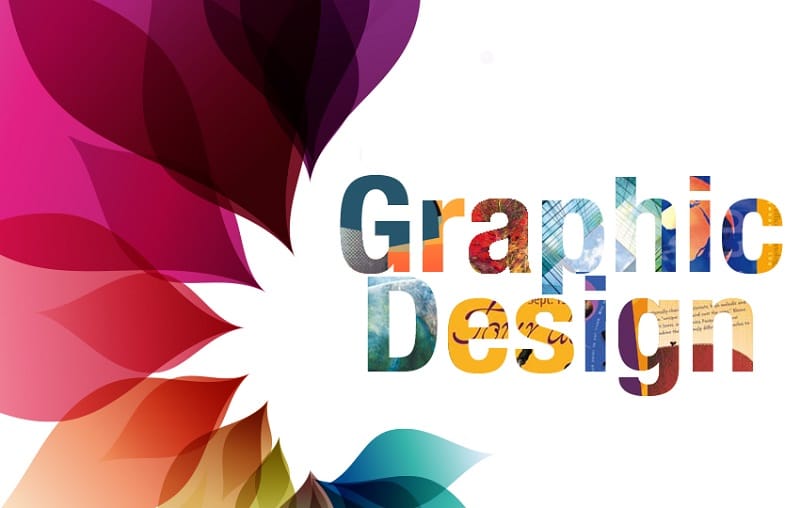
Basic Elements and Principles of Graphic Design ComputerCareers
Here are a couple of examples: (Image Source: @brasshands @robotfooddesign) 9. Editorial design. The term "graphic design" originated from editorial graphic design and today it is still a very important part of both print and digital editorial publications. Publication design spans: books.

Graphic Design Concept Isometric Set 478077 Vector Art at Vecteezy
Having contrast in your design also helps put an emphasis on the important details or elements of your design. Add bold or italic fonts with your design. Mix large type with small type. Include a dark color or dark background image paired with white or lighter colored text.
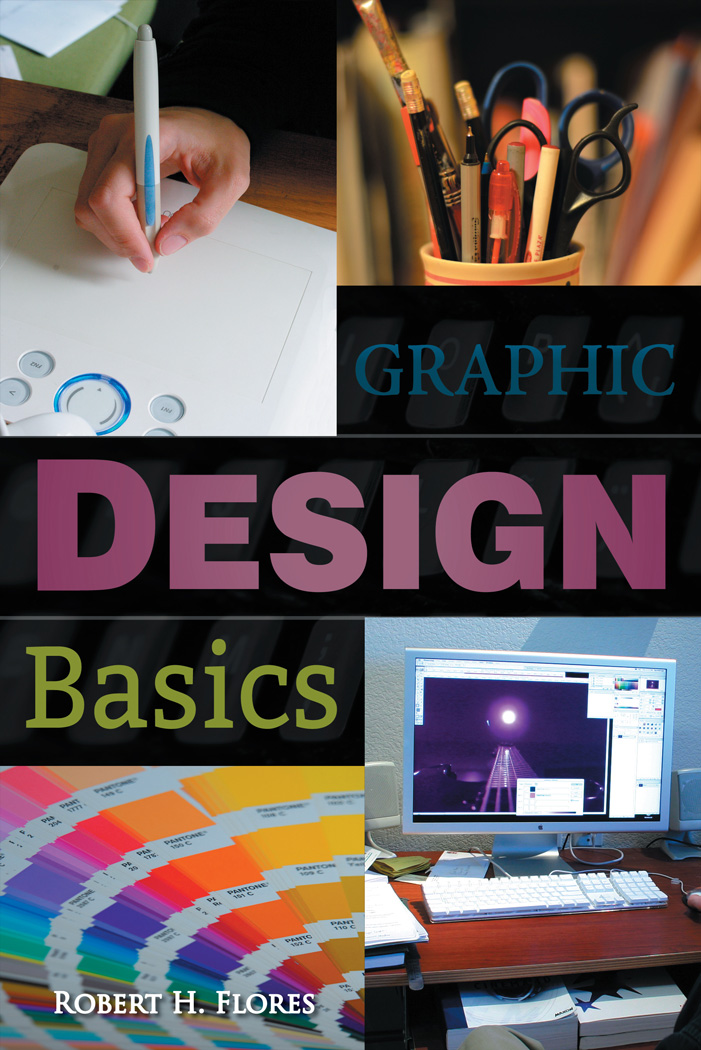
Graphic Design Basics — A Primer on Design
The history of graphic design. Graphic design is an inseparable part of our lives. From social media to TV to magazines, graphic design is everywhere. Humans have always found new and more effective ways of communicating themselves. The ancients discovered that the visual mode of communication is more effective than any other.
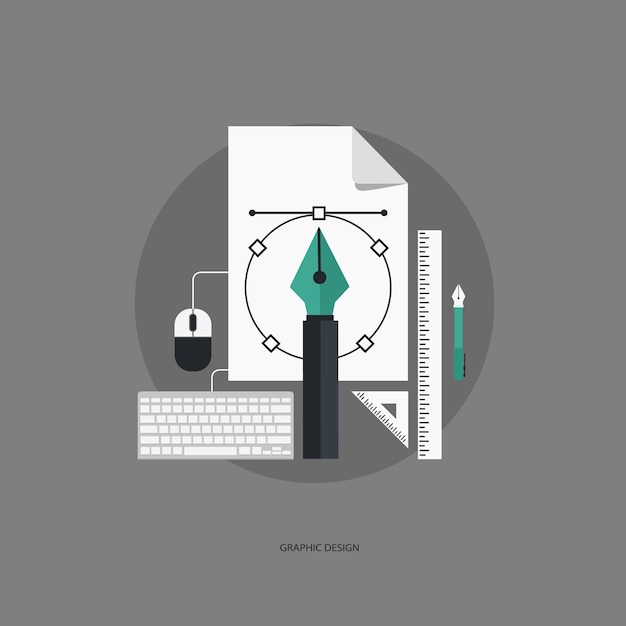
Graphic design concept Vector Free Download
Techniques of Imagemaking 2 • 2 minutes. Techniques of Imagemaking 3 • 4 minutes. Process, Generation, Iteration • 4 minutes. Imagemaking Demo 1: Printing with an Object • 8 minutes. Imagemaking Demo 2: Duct Tape Prints • 5 minutes. Imagemaking Demo 3: Improvised "Light Table" • 4 minutes.

3 Basic Principles of Graphic Design to Help You Create Fantastic
Graphic design concepts involve the generation of creative ideas, the development of visual elements, and the planning for the execution of the final design. For example, when creating a design, you may come up with three distinct ideas or concepts, each with a unique visual style or approach. These concepts represent the different design.

The Basics of Graphic Design What It Is, and What’s It For?
Lines and shapes form the foundation of your designs, and how you use them can completely transform how a design looks and feels. Rounded logos, angular logos, and logos with vertical lines all create a completely different brand and design experience. Logo designs by bo_rad, olimpio, AC Graphics. For example, a design that's all rounded.
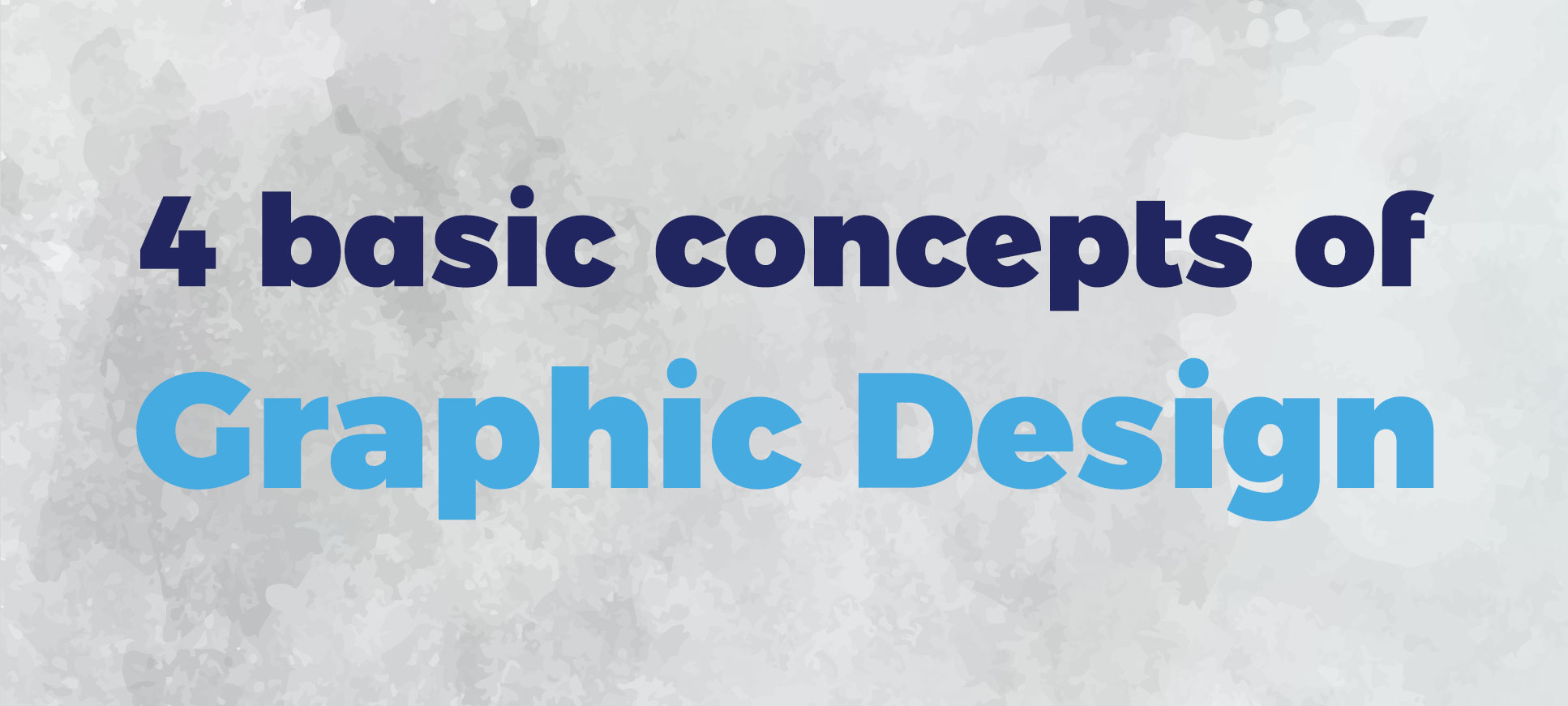
4 Basic concepts of Graphic Design Design Relax
Graphic design is an ancient craft, dating back past Egyptian hieroglyphs to at least 17,000-year-old cave paintings. It's a term that originated in the 1920s' print industry. It continues to cover a range of activities including logo creation. Graphic design in this sense concerns aesthetic appeal and marketing.
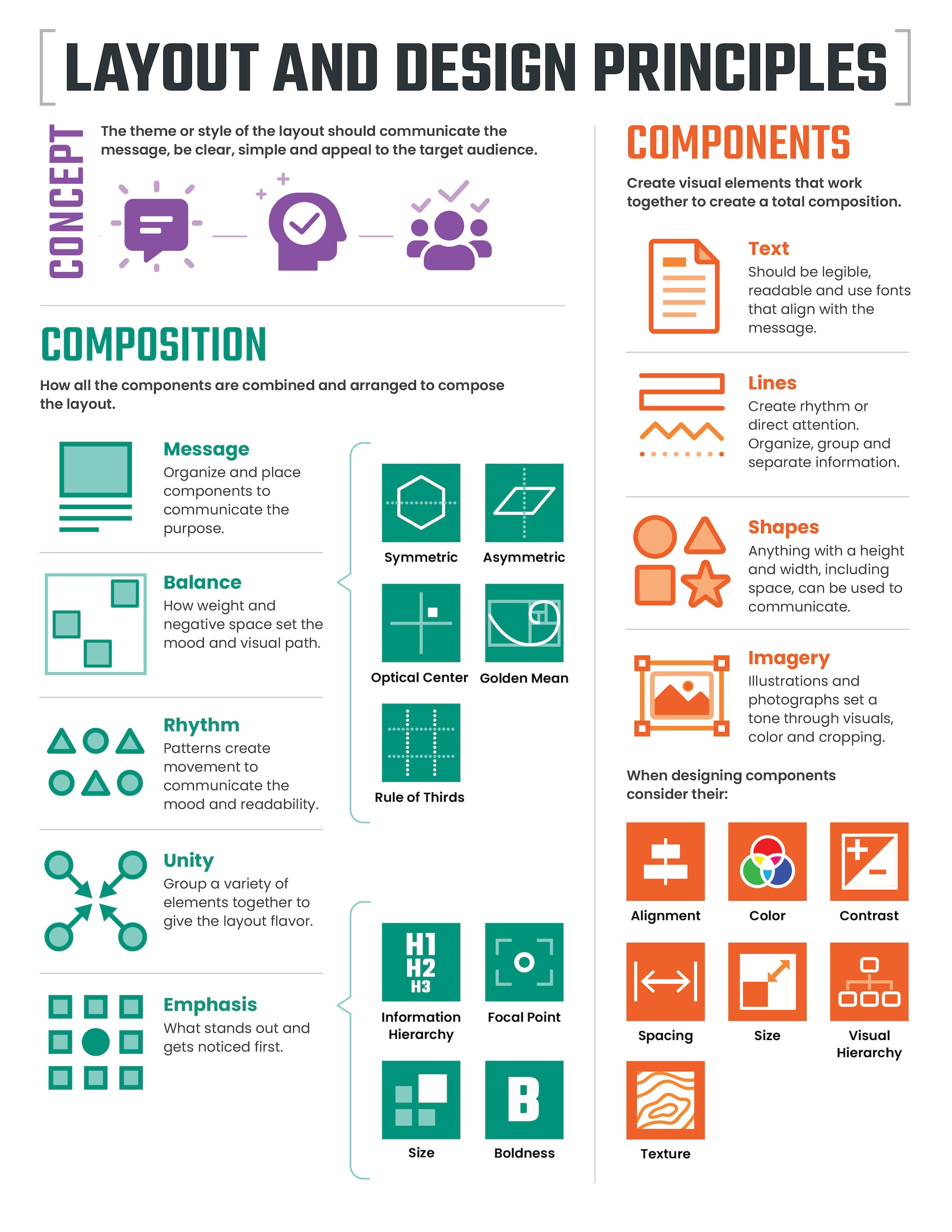
Design Concepts for Standout Visuals > DINFOS Pavilion > Article
Introduction Graphic design theory is the underlying framework that guides the design process and helps designers create effective visual communication. It is a set of principles and concepts that govern the use of elements and principles in design to create aesthetically pleasing and functional designs. Understanding graphic design theory is essential for any aspiring graphic designer as it.

Creative business idea concept illustration Download Free Vectors
A graphic designer is someone who uses this set of skills to design or create messages and visuals that are used in websites, marketing campaigns, advertising, product packaging, and signage. As a graphic designer you will create visual concepts, using a variety of techniques to convey messages or create aesthetic effects.

Concepts of Strong Visual Design Intro to design fundamentals classes
The seven elements of graphic design are line, shape, typography, color, texture, space, and image. Let's look into these in more detail. 1. Line. Line is a fundamental element of graphic design that plays a significant role in creating structure, defining boundaries, and guiding the viewer's eye.